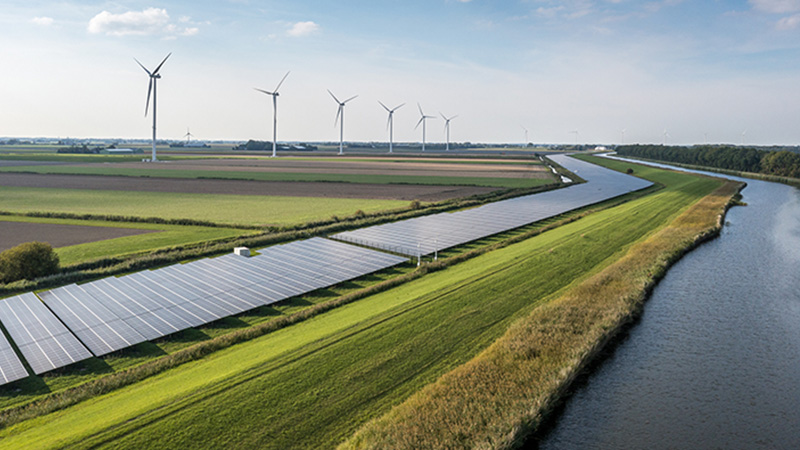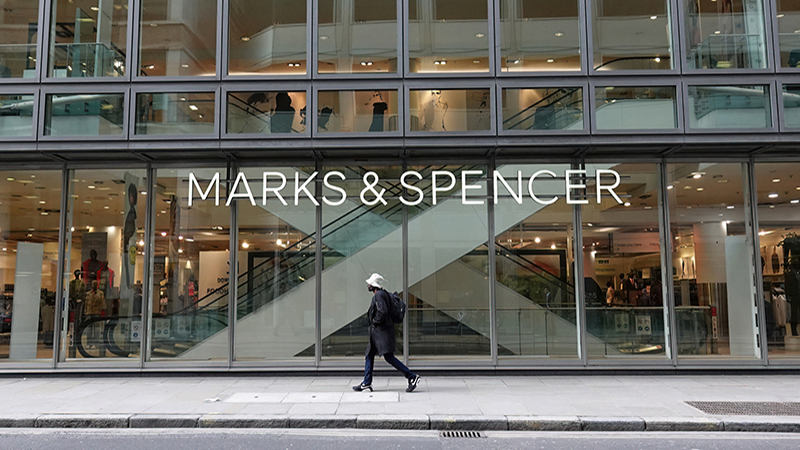Some risks clearly still remain, but we would argue that the pick-up in economic activity is sustainable and that there are still further gains to come for European equities.
Key to this will be an improvement in the credit cycle and a return to positive earnings momentum.
European shares have enjoyed a re-rating since the summer last year, when European Central Bank president Mario Draghi made his pledge to do ‘whatever it takes’ to preserve the euro.
The region has emerged from recession, posting growth of 0.3% for the second quarter, and the recovery is starting to gain traction even in the eurozone’s troubled periphery, with Purchasing Managers’ Index surveys recently returning to expansion territory in Spain and Italy. However, even though more investors have started to realise the potential opportunities on offer in the region, it remains the case that European equities are still cheap compared with both their own history and when compared to US or Asian equities.
In this sense, we can say that Europe is the last of the value equity trades.
The question remains as to whether the European economic recovery is sustainable. Europe is now past the point of peak austerity and has made great progress in restoring current account balances. Competitiveness has also improved, with unit labour costs converging across the single currency area. Nonetheless, some tail risks remain, such as high debt-to-GDP ratios, especially in the periphery.
The final piece of the puzzle is liquidity, which is yet to be restored in Europe. It will be difficult to have sustainable GDP growth in Europe without companies having easier access to credit.
Credit conditions remain tough in the eurozone, although the broader M3 measure of money supply is in growth mode.
In particular, companies operating in the periphery continue to be charged much higher rates of interest than their core Europe counterparts, making them quite hesitant to hire new workers and expand capacity.
However, there are some early signs that the gap is starting to narrow and the European Central Bank’s bank lending survey indicates that lending to corporates should pick up in the second half of 2013.
Even so, the timing of the upturn in the credit cycle remains the biggest risk facing Europe. Investors still have concerns over corporate earnings in Europe. It is certainly the case that earnings expectations in Europe are lower than in the US – indeed, 2013 is on course to be the third year of negative earnings momentum.
To a large extent, we can attribute the earnings gap between the US and Europe to the credit cycle. The gap emerged in mid-2011 as the US implemented quantitative easing, which increased the availability of credit and lowered the cost, while Europe embarked on austerity measures which tightened the availability and cost of credit.
Europe’s austerity headwinds are now easing and the region has returned to positive GDP growth. This could set the stage for significant growth in earnings per share (EPS) in 2014, led by the banks and cyclical stocks whose earnings were most depressed in the downturn.
Another source of future earnings growth should be a pick-up in business investment, which has been relatively subdued in both Europe and the US.
We note surveys indicate that chief financial officers are increasingly willing to put balance sheets to work. So far, and with valuations relatively low, they have been more willing to buy assets via mergers and acquisitions than to invest in building their own assets, which would be a better source of sustainable future growth.
European equities remain unloved
We have seen strong performance from European equities over the summer, but would argue that there is more to come. While there has been greater investor enthusiasm for the asset class recently, net inflows into European equities only really began to increase in July 2013.
Allocations to Europe remain low, with EU equities still an underweight in many portfolios. This should be supportive for flows into Europe as and when quantitative easing ends in the US.
On the corporate side, earnings remain depressed and there is ample room for long-term cyclical and structural improvement.
Furthermore, we would argue that the market is under-estimating the impact that a synchronised global growth recovery would have on European earnings.










